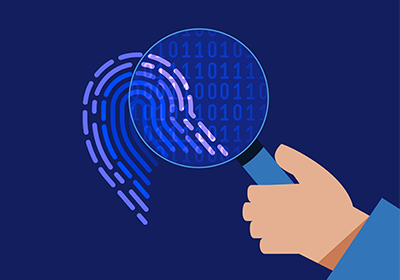Learn About Forensic Multimedia Analysis
When applied to the field of multimedia, digital forensics started to face challenges, as multimedia is content that uses a mix of audio, video, images, text. Thanks to the wide adoption of mobile devices, cheaper storage, high bandwidth, online users are generating a humungous amount of data.
This growth has pushed digital multimedia to the forefront. The amount of data is so massive that it has surpassed the capabilities of forensic experts to effectively analyze and process the data. Multimedia forensics has now become an integral part of Cyber Forensics. Different crime scene measurement tools are used in forensic multimedia for accurate data.

Image Source: Google
Multimedia forensics involves the set of techniques used for the analysis of multimedia signals like audio, video, images. It aims to:
- Reveal the history of digital content.
- Identifying the acquisition device that produced the data.
- Validating the integrity of the contents.
- Retrieving information from multimedia signals.
What are the approaches to Multimedia Authentication?
Internet content is not only limited to text form, it comes in a lot of different varieties, so the forensic approaches developed to analyze them must also vary in scope. The goal here is to analyze images, text, audio, video, in order to generate a piece of logical Forensic evidence.
Multimedia Forensics divides its efforts between 2 main approaches – active image authentication and passive image authentication.
- Active Image Authentication:
In this technique, a known authentication code is embedded in the image at the time of image generation or sent with the image for accessing its integrity at the receiving end. Verifying this code authenticates the originality of the image.
- Passive Image Authentication:
Passive authentication also known as image forensics uses the only image with no prior information for accessing the integrity of the image. Passive authentication works on the assumption that even though tampering with the image may not leave any visual trace but they are likely to alter the underlying statistics. This means that digital forgeries may disturb the underlying properties of the image, quality of the image, even though no physical clue has been left behind.